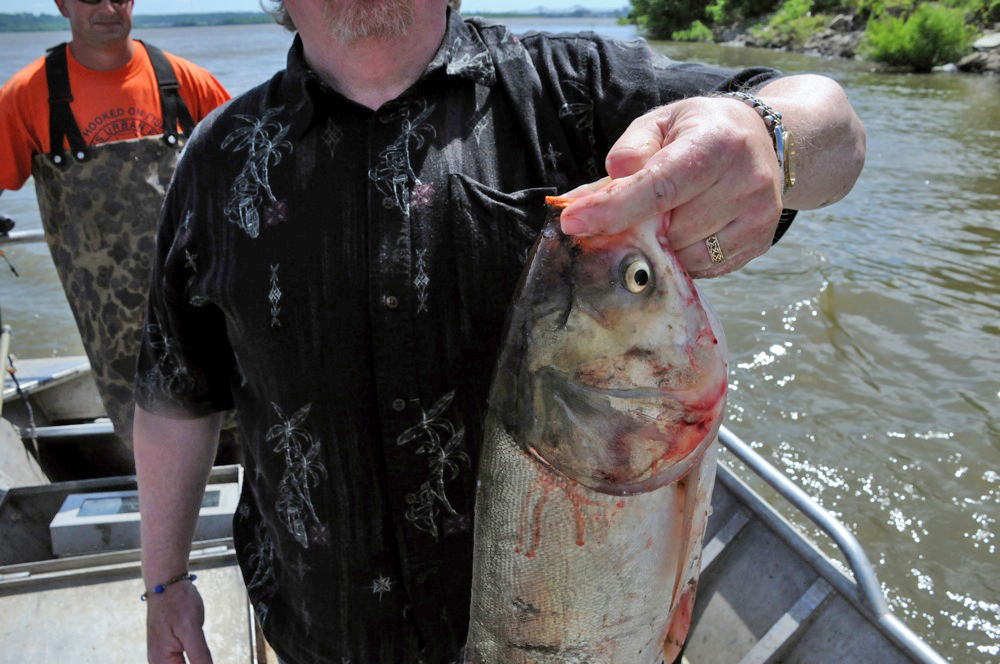No Asian carp found above Chicago barrier

If you can’t find them, then they’re not there. That’s the conclusion that some observers came to after a fruitless six-week quest to find Asian carp in rivers, tributaries and shipping canals that feed into Lake Michigan at Chicago.
The lack of evidence seems to support the contention that an electric barrier 25 miles downstream from Chicago that’s intended to block the invasive and unwanted fish from getting in the Great Lakes is doing its job. However, few if any officials are accepting the inability of the search group to find Asian carp as prima facie evidence that there are none.
“They are hard to catch and this is a big area we’re looking at,” said Ashley Spratt, a spokesperson for the U.S. Fish and Wildlife Service. John Sellek, a spokesman for Michigan Attorney General Mike Cox, was more dubious. Michigan has sought an injunction to block canals into Lake Michigan from the Illinois shore because various feeder rivers in that state are infested with Asian carp. The prolific fish pose a threat to native fisheries because they compete for the same food as the juvenile fish of desirable sport and commercial species.
“What did they expect? (Illinois’) own court filings say they are not likely to catch Asian carp using nets or electro-fishing,” Sellek said.
Previously, Asian carp DNA was discovered suspended in the water above the electric barrier but the fish themselves were nowhere to be found. More than 2,000 common carp, gizzard shad and a variety of other fish were caught during the roundup, however.
Asian carp (bighead and silver varieties, principally) can grow to 4 feet and 100 pounds in weight and eat up to 40 percent of their body weight daily in plankton, the first link in the Great Lakes’ food chain. Scientists, commercial fishermen and sport fishermen agree that if the carp spread throughout the system, it would devastate commercial and recreational fisheries. Given their propensity to leap high in the air at the approach of a boat, silver carp, a subspecies, also pose a threat to recreational boating.
Illinois and the Obama administration, many of whose members are aligned with Chicago politics, oppose closing the locks and side with Chicago barge and tour boat companies who say doing so would ruin their businesses. Opponents to the canal closures contend the electric barrier is performing well and closing the leak-prone locks wouldn’t be a foolproof measure anyway.
The sampling operation was conducted by the Illinois DNR, the U.S. Fish and Wildlife Service and the U.S. Army Corps of Engineers. Biologists plan to continue searching over the next three months as part of a $78.5 million Asian carp control strategy funded by U.S. taxpayers. Netting crews set more than 5 miles of netting in the main channels of the Chicago Sanitary and Ship Canal, the Des Plaines River and other waterways, plus barge slips, marinas and other areas favored by carp. To test the effectiveness of their nets, the crews set them below the electric barrier as well. They caught 36 silver carp and four bighead carp near Starved Rock Lock and Dam, about 70 miles downstream.
If Asian carp aren’t in the Great Lakes now, they’re knocking on the door.